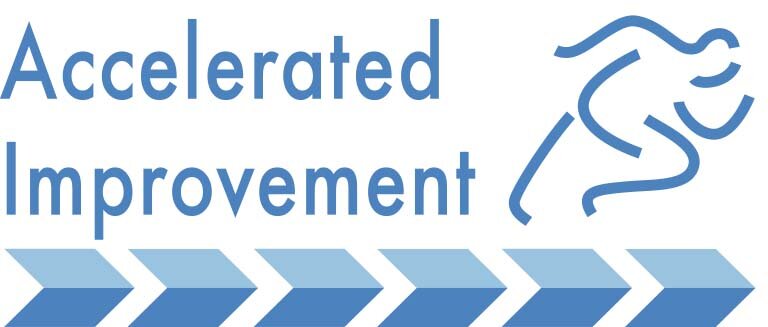Engagement of low esteem employees.
(Aerospace)
Background to case study:
Logistics group widely dispersed within company with very high esteem given to engineering and technical excellence
Employees’ self-image was expressed in phrases such as “we are an after thought”, “we are 2nd class”, “they only have time for the technical people”
High levels of cynicism that “management” had the genuine will and the capacity to change the situation
Many previous “initiatives” had failed leading to little hope, at all levels including leadership, that anything could be done 104 employees
Results:
Significantly outperformed their more highly paid and regarded fellow employees
The Behavioural Standards* key to establishing a “new and agreed” culture were established
As an example of sustaining the new culture all leaders publicly display their upward feedback and the actions they are taking in response
Major change delivered all of its objectives
Diagnostic conclusions:
Necessary to engage employees at the self-image and values and beliefs levels
Engagement is not dependent on high-status, high autonomy/control of the work or other factors often ascribed as necessary
Process:
Executive level team workshop agreed that the specific radical engagement process was appropriate and that local leadership had the capability to manage the attitudinal and behavioural changes…and sustain them
Local senior team workshop to test the diagnosis of their bosses and to decide if they were willing to expose themselves to the rigour of the process (involved, inter alia, publicly accepting responsibility for past approaches and willingness to receive feedback publicly in workshops without responding defensively
)Local senior team also decided issues such as what employees were being engaged about, what was “up for grabs..and what wasn’t” and the logistics of how to engage all employees within as short a period as possible at minimum disruption to the business
ALL employees attended short workshops where they identified the top obstacles to achieving the purpose of the engagement, identified the behavioural data necessary for employees and managers to agree the leadership and wider Behavioural Standards* that will form a key part of the new culture and elected their own employee reps to address all these issues
The senior team and the reps elected by employees met and agreed (by consensus**) the Change Plan including the process for agreeing the Behavioural Standards*
The plan includes sustaining mechanisms such as the public display of leaders’ upward feedback mentioned above
Notes:
*Behavioural Standards are ways of codifying behaviours that are designed to avoid the weaknesses of using Values (too much scope for interpretation and “political” behaviour) and Rules (too restrictive) as the method of ensuring accountability. The effect is to hold leaders (and others) accountable and do so in a “light touch but tough” way-much more effective than approaches such as Political Correctness!!
** Consensus is widely misunderstood and often confused with “compromise”. The method used here:
ensures that all people who make the decision have publicly committed that this is the best outcome available having exhausted all possibilities
drives innovative problem-solving
